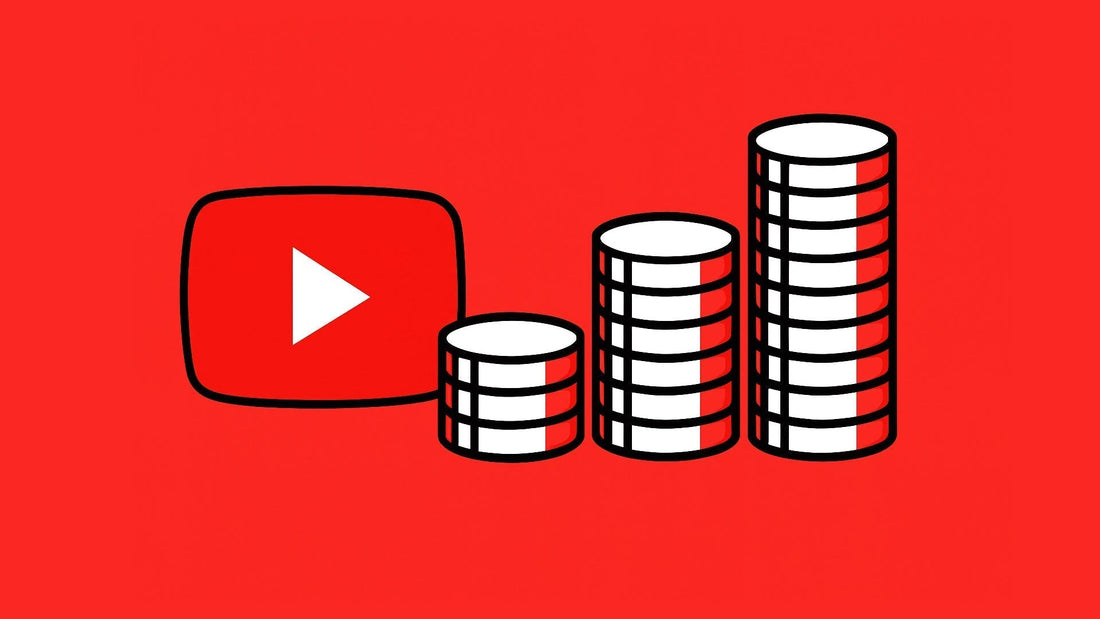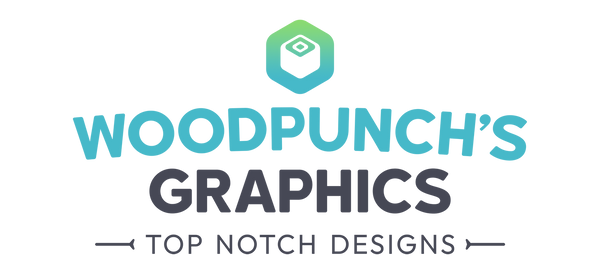
How to Get Monetized on YouTube: 2025 Guide
The creator economy has evolved from a small subculture into a robust economic ecosystem, with YouTube standing as its main pillar. For millions, the platform is no longer just a venue for creative expression but a viable pathway to building a sustainable business. The journey from uploading your first video to receiving your first paycheck, however, is governed by a complex and ever-changing set of rules, strategies, and economic principles. This guide serves as a comprehensive strategic blueprint for navigating YouTube's monetization in 2025. It moves beyond surface-level tips to provide a detailed analysis of the YouTube Partner Program (YPP), a breakdown of every major revenue stream, a realistic assessment of earning potential by category, and a clear examination of the critical policies that can make or break a creator's career.
Qualifying for the YouTube Partner Program (YPP)
The YouTube Partner Program is the gateway to earning money on the platform. In 2025, YouTube maintains an expanded, two-tiered structure designed to provide earlier access to monetization features, thereby encouraging creators to stay on the platform and build their communities.
YPP's Two-Tier Entry System
Understanding the two distinct entry points into the YPP is the first step for any aspiring creator.
Tier 1: Fan Funding Access
This initial tier lowers the barrier to entry, allowing creators to begin earning directly from their audience sooner. The eligibility requirements are:
Upon meeting these criteria, creators unlock access to "Fan Funding" features. This includes the ability to turn on Channel Memberships, Super Chat, Super Stickers, and Super Thanks. It also grants access to select YouTube Shopping features for promoting a creator's own merchandise. Crucially, this tier does not include revenue sharing from advertisements.
Tier 2: Full Ad Revenue Access
This is the traditional and ultimate goal for most creators, unlocking the full suite of monetization tools, including the highly coveted ad revenue. The requirements for this tier are significantly higher:
Meeting these thresholds unlocks all the benefits of Tier 1, plus the ability to earn from ad revenue on long-form videos and Shorts, as well as a share of revenue from YouTube Premium subscribers who watch their content.
Core YPP Requirements (Checklist)
Beyond the numbers, YouTube enforces a strict set of foundational requirements for all applicants. Failing to meet any of these will lead to a rejected application. A professional channel appearance also builds trust; make sure your branding is polished with a high-quality YouTube profile picture and cohesive channel banner before you apply.

- Policy Adherence: The channel must follow all YouTube Channel Monetization Policies. These are the comprehensive rules governing what content is eligible to earn money.
- Geographic Location: The creator must reside in a country or region where the YouTube Partner Program is available.
- Channel Standing: The channel must have no active Community Guidelines strikes. These are penalties issued for severe policy violations.
- Account Security: 2-Step Verification must be turned on for the Google Account associated with the channel. This is a mandatory security measure.
- AdSense Account: The channel must be linked to one active AdSense for YouTube account. It is critical that creators set this up through the YouTube Studio application portal; creating one separately can lead to technical issues.
Earning from YouTube Ads
For creators who reach Tier 2 of the YPP, advertising revenue becomes the primary and most consistent source of income. To manage your channel like a business, you need to understand how ad revenue works and two key metrics: RPM and CPM.
How Ad Revenue Works: Videos vs. Shorts
- Watch Page Ads (Long-Form Videos): This is the classic YouTube monetization model. Creators who accept the "Watch Page Monetization Module" earn a 55% share of the net revenue generated from ads that are displayed before (pre-roll), during (mid-roll), and after (post-roll) their videos. This revenue share also applies to earnings from YouTube Premium subscribers.
- Shorts Feed Ads: The model for YouTube Shorts is fundamentally different. Revenue from ads between Shorts is pooled, music licensing costs are paid, and the remaining "Creator Pool" is allocated to creators based on their share of total views. The creator then receives 45% of their allocated share.
Key Metrics: Understanding RPM vs. CPM

To effectively manage their channel as a business, creators must understand two key financial metrics: CPM and RPM.
- CPM (Cost Per Mille): This stands for "cost per 1,000 impressions." It is the amount of money an advertiser pays to show their ads 1,000 times on YouTube videos. This is an advertiser-facing metric that reflects the market value of a channel's audience before YouTube takes its revenue share.
- RPM (Revenue Per Mille): This stands for "revenue per 1,000 views." It represents the creator's total revenue from all sources (ads, YouTube Premium, Memberships, Supers) for every 1,000 views on their videos. This metric is calculated after YouTube's revenue share has been deducted. While a high CPM is a positive indicator, RPM is the true health metric for a creator's business.
Building Multiple Income Streams
Relying solely on ad revenue can be precarious. The most successful creators build multiple income streams, transforming their channel into a diversified business.
Earning Directly from Fans
These tools, available at the first tier of YPP, allow a creator's most dedicated fans to support them directly.

- Channel Memberships: Creators can set up multiple tiers of monthly memberships, offering exclusive perks like custom loyalty badges and emoji. Creators receive 70% of the membership revenue after applicable taxes and fees.
- Supers (Super Chat, Super Stickers, and Super Thanks): During live streams or on regular videos, viewers can purchase Supers to highlight their message or show support. For all "Supers," the creator's revenue share is 70%.
Sponsorships, Affiliates, and Merch
These methods allow creators to build revenue streams that are not directly dependent on YouTube's algorithms.
- Affiliate Marketing: Creators partner with brands to promote products and earn a commission on sales generated through a unique tracking link. To maintain audience trust, it is crucial to only promote relevant products and to clearly disclose the affiliate relationship, per FTC guidelines.
- Paid Sponsorships & Brand Deals: For many creators, this becomes the most lucrative income source. Securing a brand deal involves proactive outreach supported by a media kit—a document showcasing key channel statistics, audience demographics, and past collaborations. A polished channel with professional graphics is key to attracting sponsors.
- Selling Your Own Products: This represents the pinnacle of the monetization ladder. Eligible creators can use YouTube Shopping to connect their own store (from platforms like Shopify) to tag products directly in their videos and display a "merch shelf" below their content.
How Much Do YouTubers Really Make?
A creator's earnings are not determined by a single factor but by a combination of variables that dictate the value of their audience to advertisers and the strength of their community.
What Affects Your Earnings?
- Content Niche: This is arguably the most critical factor. Niches like finance, technology, and business command significantly higher CPMs.
- Audience Geography: Viewers in developed economies like the United States, United Kingdom, and Canada are worth more to advertisers.
- Engagement & Watch Time: Videos longer than 8 minutes are eligible for mid-roll ads, which can substantially increase a video's RPM. Learn more about optimizing your content in our guide to YouTube SEO.
Earning Potential by Channel Size
While individual results vary, data provides a realistic picture of earning potential. Remember, subscriber count is not a direct payment metric; it's a proxy for the community you've built.
Estimated Monthly Earnings by Subscriber Count
| Subscriber Count | Estimated Monthly Earnings (Range) | Key Revenue Streams at this Stage |
|---|---|---|
| 500–1,000 | $10 – $200 | Fan Funding (Supers, Memberships), Affiliate Links |
| 1,000–10,000 | $100 – $500+ | AdSense, Fan Funding, Affiliate Links, Early Sponsorships |
| 10,000–50,000 | $500 – $5,000+ | AdSense, Sponsorships, Affiliate, Digital Products, Merch |
| 50,000–100,000 | $2,000 – $5,000+ | Stronger AdSense, More Substantial Brand Deals, Memberships |
| 1M+ | $10,000 – $100,000+ | Large-scale Brand Deals, Diversified Business Ventures, AdSense |
Estimated RPM by Niche
| Niche | Estimated RPM Range (Long-Form Video) |
|---|---|
| Finance & Investing | $9 – $11+ |
| Real Estate | $8 – $10 |
| Tech Reviews | $7 – $9 |
| Health & Fitness | $4 – $6 |
| Gaming | $2 – $4 |
| Vlogs & Comedy | $2 – $4 |
For YouTube Shorts, the RPM is drastically lower, typically ranging from $0.02 to $0.10 per 1,000 views.
Protecting Your Income: Key Policies
Achieving monetization is only half the battle; protecting it requires constant adherence to YouTube's policies. Violations can lead to demonetization of individual videos or, in severe cases, suspension from the YPP entirely.
The "Creator Authenticity" Policy (July 2025 Update)
On July 15, 2025, an important policy update took effect, renaming "Repetitious Content" to "Inauthentic Content" and clarifying the rules against mass-produced or templated videos. This update targets low-effort channels that dilute the platform's quality.

- "Reused Content" refers to repurposing someone else's content without adding significant original commentary or educational value.
- "Inauthentic/Repetitious Content" refers to low-effort, templated, or programmatically generated content, such as using AI voiceovers with stock footage or simple image slideshows with no narrative.
This policy shift sends a clear signal: YouTube will reward and monetize creators who provide demonstrable, transformative, and authentic human value.
